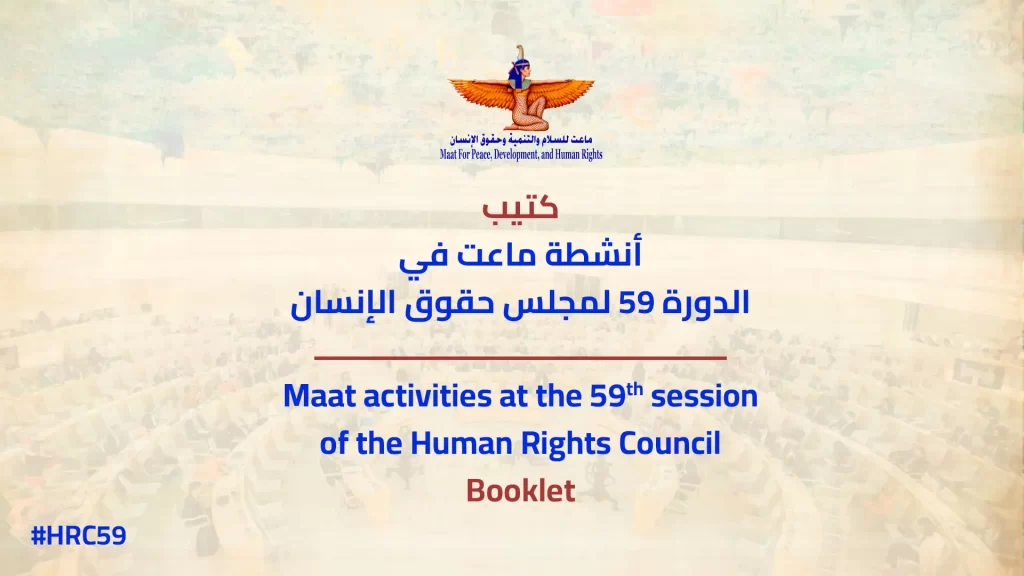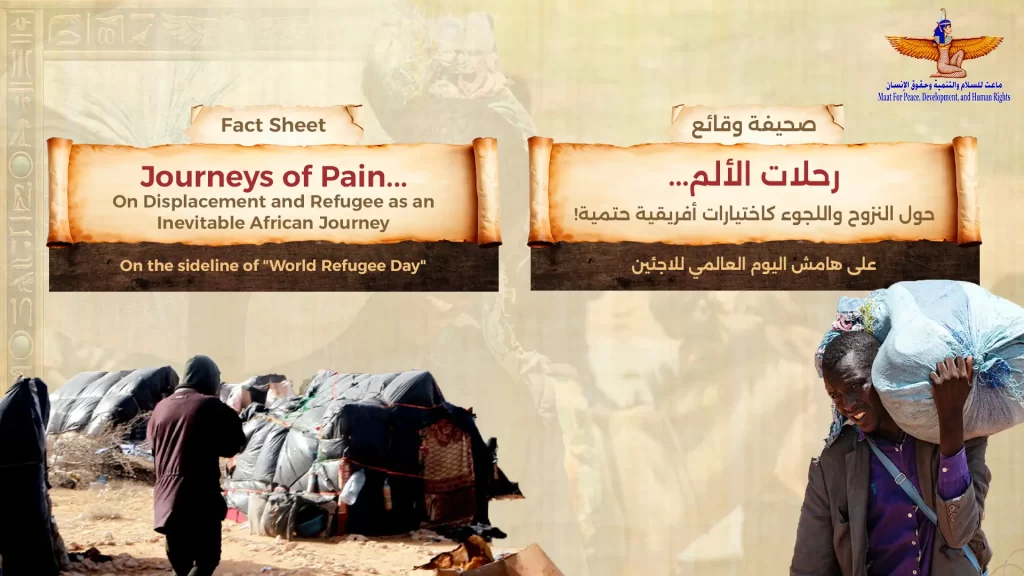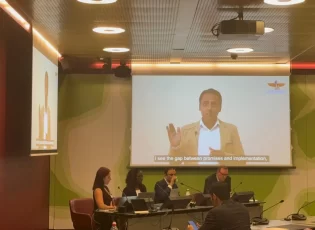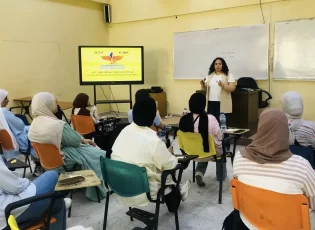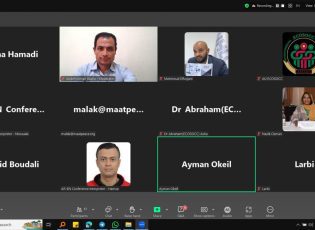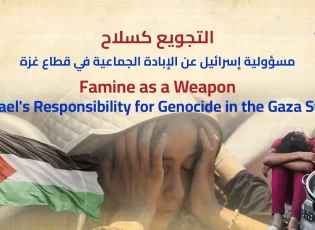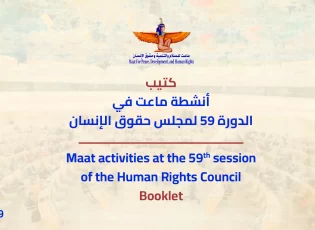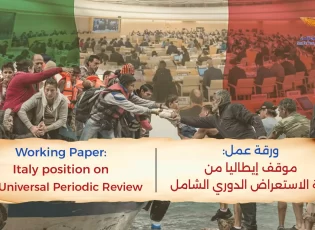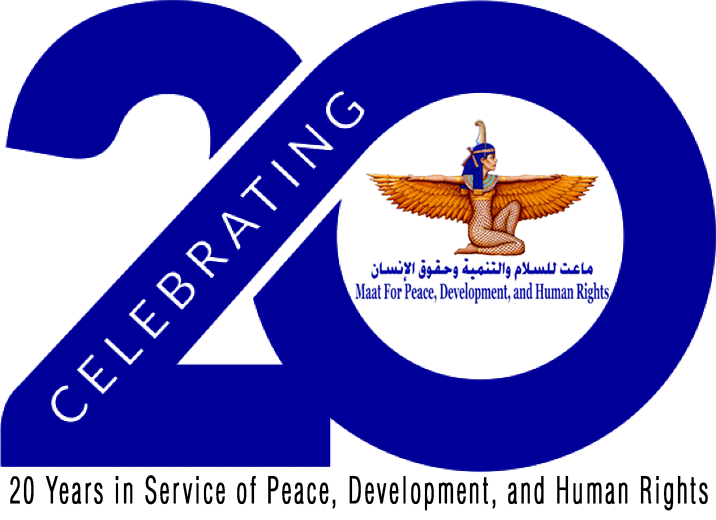Introduction
Every year on 29 May, the United Nations commemorates the International Day of United Nations Peacekeepers. The UN has a pioneering role in peacekeeping operations and conflict prevention worldwide, which includes protecting civilians and monitoring the peace process in post-conflict regions. That in addition to promoting human rights, observing national elections in post-armed conflict stages, and sustaining the political process in post-conflict countries, all in conjunction with preventing the outbreak, escalation, continuation, and recurrence of the conflict by analyzing its environment and the parties responsible for it, in order to change the beliefs, attitudes, and behaviours of the citizens responsible for the conflict, to create a more coexistent, stable and peaceful environment. The United Nations literature indicated that the term “Peacebuilding” and its phases refer to efforts to assist countries and regions in transitions from war to peace. Also, Peacebuilding refers to reduce a country's risk of lapsing or relapsing into conflict by strengthening national capacities for conflict management and laying the foundations for sustainable peace and development. Consequently, efforts are not only limited to the phase of the conflict but also the phase before and after the crisis outbreak .
Accordingly, the UN peacekeeping operations suffer from the non-existence of a clear coherent strategy to use technology to enhance the peacekeeping operations in conflict areas. Although diverse technology applications are increasingly used by international peacebuilders and civil society organizations in peacebuilding and conflict prevention operations, they use artificial intelligence techniques and technology applications in analyzing information related to conflicts. They use satellite to create maps depending on the data collected to analyze conflicts and document human rights violations. They also use video games to engage citizens in building peace by changing perceptions and violent behaviors associated with the renewal of ethnic and cultural conflicts between them; eliminating the causes of violence is an important peacebuilding process .
In August 2000, the Chairman of the Panel on United Nations peace operations, Mr Lakhdar Brahimi, sent a letter to the UN demanding the activation use of modern technology in peacekeeping operations . In February 2015, the Technology and Innovation Expert Group in the UN Peacekeeping Operations report called for paying special attention to the expansion in using technology-based peacebuilding operations. In response to the UN calls demanding the need to use technology in peace-building processes . Maat for Peace, Development and Human Rights join these calls, and, in this study, calls on the UN to put in place a clear plan to introduce technology into the peacekeeping and peacebuilding operations carried out by the UN missions in many countries of conflict around the world, especially in the Middle East region due to the deterioration of the humanitarian situation there and the failure of the UN peace missions and efforts to achieve, promote and build peace.
Meanwhile, the peacekeeping missions in the Middle East and North Africa still use the traditional approaches instead of adopting modern technology. Despite the death, destruction, displacement that civilians, men, youth, children, and women continue to face, in addition to the escalating human rights violations and the renewal of intractable conflict issues that cannot be approached and solved by traditional methods, the operations of transition to sustainable peace are extremely complex, which threatens of an imminent crisis if those who wish to establish peaceful, justice, and violence-free societies would not immediately intervene to rectify the situation. In this study, Maat for Peace, Development, and Human Rights would like to draw the UN and international and regional organizations' attention to a set of technological methods that peacebuilders and civil society organizations have used to build and promote peace in the Middle East. The study addresses the peacekeeping missions' tasks and how they can use technology in their work while providing examples of initiatives from civil society, peacebuilders, and United Nations agencies. The study also outlines the challenges of developing this approach for the comprehensive application in the peace missions’ work in the Middle East. Finally, the study suggests a set of recommendations for the development of a coherent, clear strategy to activate the role of technology in building peaceful societies.
![]()
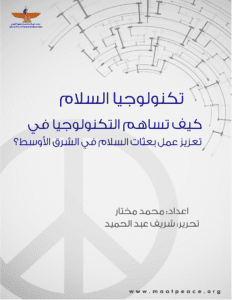 |
 |
shortlink: https://maatpeace.org/en/?p=33022




